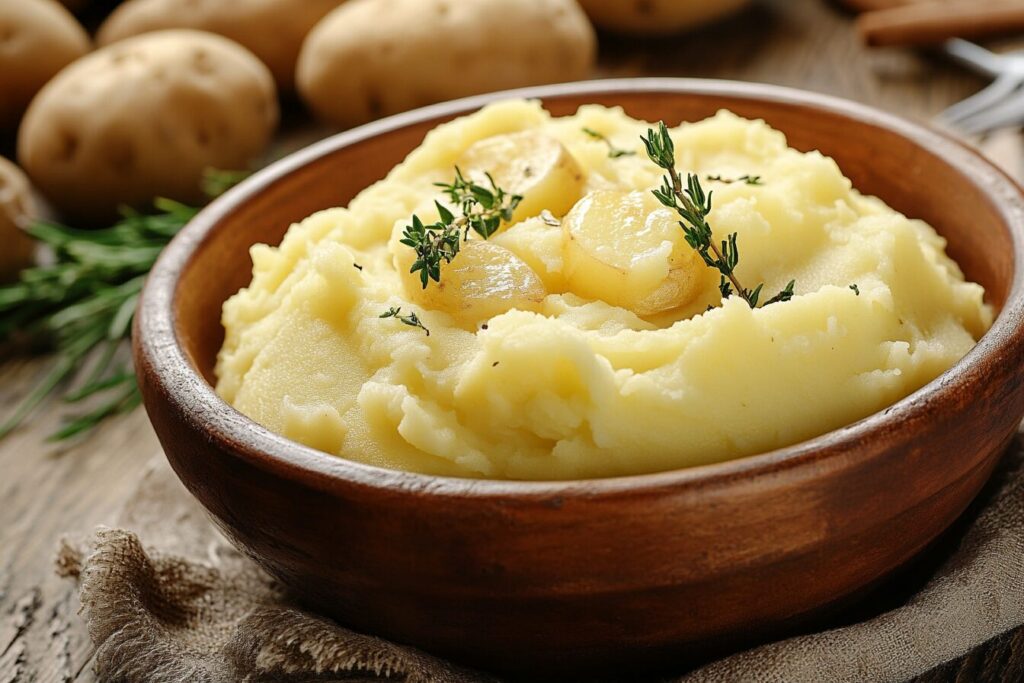If you’ve ever flipped over a bottle of ketchup or mayo and winced at the ingredient list, you’re not alone. From added sugars to mysterious preservatives, store-bought condiments can pack more than just flavor. But here’s the good news: you can ditch the additives, save money, and boost your kitchen confidence by learning how to make your own DIY condiments—right at home.
In this guide, we’ll show you how to make ketchup, how to make mustard, and how to make mayo from scratch with simple ingredients. Not only will your homemade condiments taste better, but you’ll also feel great knowing exactly what’s in them.
Let’s dive in and start squeezing out the savings and flavor!
Why Make DIY Condiments?
Before we break out the mason jars and whisks, here’s why so many home cooks are choosing DIY condiments:
- Cost Savings: Homemade ketchup can cost a third of the price of store-bought.
- Healthier Ingredients: Say goodbye to high-fructose corn syrup and unpronounceable additives.
- Customizable Flavor: Make it sweeter, spicier, tangier—just how you like it.
- Eco-Friendly: Reuse containers and reduce packaging waste.
Bonus Tip: Use your homemade condiments to elevate budget meals like our 10 Cheap and Easy Meals for Under $5 or How to Stretch One Chicken into Five Different Meals.
We are a participant in the Amazon Services LLC Associates Program, an affiliate advertising program designed to provide a means for us to earn fees by linking to Amazon.com and affiliated sites.
How to Make Ketchup
Homemade ketchup is shockingly easy to whip up and tastes like the fresher, more sophisticated cousin of the stuff in the plastic squeeze bottle.
Ingredients:
- 1 can (6 oz) tomato paste
- ½ cup white vinegar
- ¼ cup honey or maple syrup
- ¼ cup water
- 1 tsp garlic powder
- 1 tsp onion powder
- ½ tsp salt
- ⅛ tsp allspice (optional, but recommended)
Instructions:
- Whisk all ingredients together in a saucepan over medium heat.
- Simmer for 15–20 minutes, stirring occasionally.
- Taste and adjust sweetness or tang to your liking.
- Cool and transfer to a clean jar or squeeze bottle.
Storage Tip: Keeps in the fridge for 2–3 weeks.
These wide-mouth mason jars are perfect for storing all your homemade condiments and make fridge organization a breeze.
How to Make Mustard
Mustard is one of the easiest condiments to customize. Choose your own adventure with yellow mustard, spicy brown, or even a hint of honey.
Basic Yellow Mustard Recipe:
- ½ cup yellow mustard seeds (or 1/3 cup mustard powder)
- ½ cup water
- ½ cup apple cider vinegar
- 1 tsp turmeric (for color)
- 1 tsp salt
- 1–2 tsp honey (optional)
Instructions:
- Soak seeds in water and vinegar for 24–48 hours if using whole seeds.
- Blend everything in a food processor until smooth or your desired texture.
- Rest the mustard in a sealed jar in the fridge for 1–2 days to mellow the flavor.
Flavor Tip: Add a pinch of chili flakes for heat, or a spoonful of horseradish for kick.
For smoother mustard, try this mini food processor that fits in even the tiniest kitchen.
How to Make Mayo
Homemade mayo is creamy, fluffy, and nothing like the store-bought version. It comes together in just minutes with the right technique.
Ingredients:
- 1 large egg (room temp)
- 1 tbsp lemon juice or vinegar
- 1 tsp Dijon mustard
- 1 cup neutral oil (like canola, avocado, or sunflower)
- Salt to taste
Instructions:
Using an immersion blender:
- Place egg, lemon juice, mustard, and oil in a tall container.
- Insert the blender and pulse on low.
- Keep it still for 5–10 seconds until you see it emulsify, then slowly raise the blender to incorporate the rest.
No immersion blender? Use a whisk and add oil drop-by-drop while whisking vigorously—your arm workout for the day.
Storage Tip: Homemade mayo lasts up to a week in the fridge. Store in an airtight container.
This immersion blender with whisk attachment is a game changer for mayo lovers.
Tips for Success (and Mistakes to Avoid)
Common Mistakes:
- Using cold eggs or ingredients—room temperature is key to emulsifying mayo.
- Over-blending mustard—it can turn bitter.
- Rushing ketchup—flavors need time to meld as it simmers.
Top Tips:
- Label jars with date and type.
- Use glass containers to avoid staining and preserve flavor.
- Taste as you go—your kitchen, your rules.
Homemade Condiments for the Win
Making your own DIY condiments isn’t just about the savings (though that’s a huge plus). It’s about taking control of your food, simplifying your pantry, and discovering that ketchup, mustard, and mayo don’t have to come from a bottle to be delicious. Once you try it, you may never go back.
Because nothing tastes better than homemade—especially when it saves you money.



